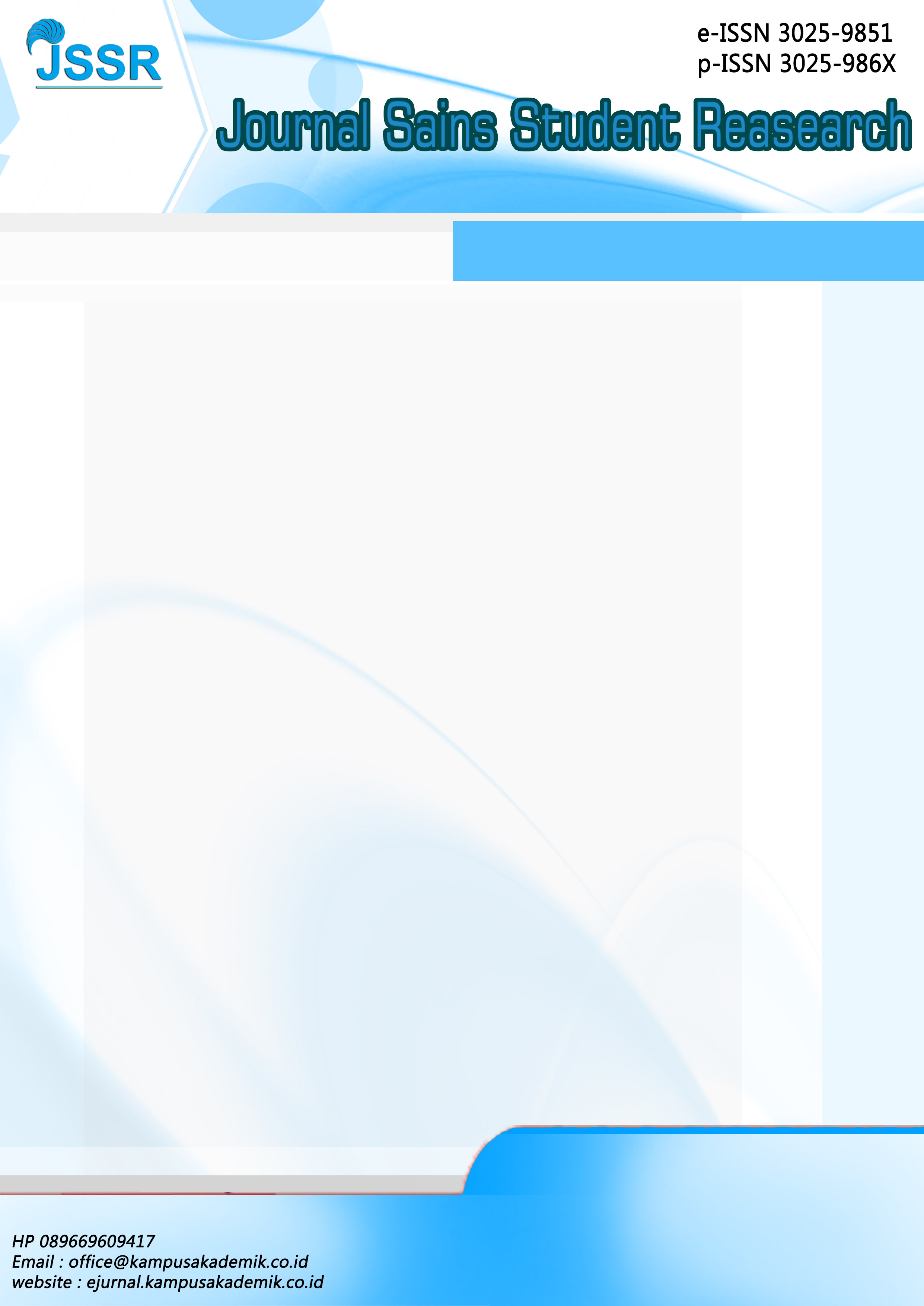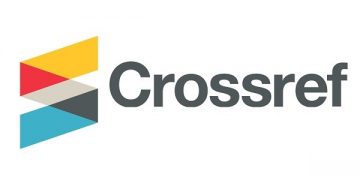YOUTUBE “Satu Persen” SEBAGAI SARANA KOMUNIKASI MASSA PENGEMBANGAN DIRI MAHASISWA
DOI:
https://doi.org/10.61722/jssr.v2i1.482Keywords:
Youtube, Media of Communication, Self Improvement, StudentAbstract
YouTube which is a means of mass communication, now has an impact on student self-development. YouTube "One Percent" is a show that contains content about self-development. Students with all the problems of self-development that are not taught at school begin to improve their habits, lifestyle, finance, socializing through the educational show "One Percent". The purpose of this study is how the form of utilization of Youtube "One Percent" as a means of self-development and to find out how the impact of the audience of the YouTube channel "One Percent" as a means of communication in developing themselves. The method used in this research is exploratory qualitative using new media theory and self-development theory. The results in this study are the utilization of YouTube One Percent as a means of mass communication for self-development is considered effective in student self-development, and positive impact on students.
References
Alfazani, M. R., & Khoirunisa A, D. (2021). Faktor Pengembangan Potensi Diri: Minat/Kegemaran, Lingkungan Dan Self Disclosure (Suatu Kajian Studi Literatur Manajemen Pendidikan Dan Ilmu Sosial). Jurnal Manajemen Pendidikan Dan Ilmu Sosial, 2(2), 586–597. https://doi.org/10.38035/jmpis.v2i2.487
Amri. Sofan. (2013). Kurikulum, Pengembangan & Model Pembelajaran Dalam. PT. Prestasi Pustakakarya.
Baran, S. (2012). Pengantar Komunikasi Massa. Erlangga.
Boyd & Ellison. (2007). Social Network Sites: Definition, History, and Scholarship. (Journal of, Vol. 13). Journal of Computer Mediated Communication.
DeCesare, J. A. (2014). User Uploads and YouTube One Channels for Teaching, Learning, and Research. Library Technology Report.
Faiqah, F., Nadjib, M., Komunikasi, A. A.-K. J. I., & 2016, undefined. (2016). Youtube sebagai sarana komunikasi bagi komunitas makassarvidgram. Journal.Unhas.Ac.Id, 5(2). http://journal.unhas.ac.id/index.php/kareba/article/view/1905
Hendra, T. (2019). Media Massa Dalam Komunikasi Pembangunan. Jurnal At-Taghyir: Jurnal Dakwah Dan Pengembangan Masyarakat Desa, 1(2). https://doi.org/10.24952/taghyir.v1i2.1723
Hura, S., & Mawikere, M. C. S. (2020). Diskursus Mengenai Prinsip, Pendekatan dan Metode Pembelajaran dalam Pendidikan Anak Usia Dini. JURNAL PENDIDIKAN KRISTEN ANAK USIA DINI Diskursus, 12–26.
Indrawan, J., Efriza, & Ilmar, A. (2020). KEHADIRAN MEDIA BARU (NEW MEDIA) DALAM PROSES KOMUNIKASI POLITIK. MEDIUM, 8(1). https://doi.org/10.25299/medium.2020.vol8(1).4820
Limbong, M. (2017). PENGEMBANGAN DIRI MAHASISWA DI FAKULTAS KEGURUAN IIMU PENDIDIKAN UNIVERSITAS KRISTEN INDONESIA (FKIP – UKI). Insight Jurnal Bimbingan Konseling, 6(2). https://doi.org/10.21009/insight.062.11
Lister, M., Dovey, J., Giddings, S., Grant, I., & Kelly, K. (2008). New Media. Routledge. https://doi.org/10.4324/9780203884829
Maxwell, J. C. (1993). The Winning Attitude: Your Key to Per. T. Nelson Publisher.
McQuail, D. (2011). Teori Komunikasi Massa. Salemba Humanika.
Roccas, S., Sagiv, L., Oppenheim, S., Elster, A., & Gal, A. (2014). Integrating content and structure aspects of the self: Traits, values, and self-improvement. Journal of Personality, 82(2). https://doi.org/10.1111/jopy.12041
Stellarosa, Y., Firyal, S., Komunikasi, A. I.-L. J., & 2018, undefined. (2016). Pemanfaatan youtube sebagai sarana transformasi majalah highend. Ojs.Stiami.Ac.Id, 5(2). http://ojs.stiami.ac.id/index.php/lugas/article/view/263
Tsai, W., Chiang, J. J., & Lau, A. S. (2016). The Effects of Self-Enhancement and Self-Improvement on Recovery From Stress Differ Across Cultural Groups. Social Psychological and Personality Science, 7(1). https://doi.org/10.1177/1948550615598380
Downloads
Published
Issue
Section
License
Copyright (c) 2023 JOURNAL SAINS STUDENT RESEARCH

This work is licensed under a Creative Commons Attribution-ShareAlike 4.0 International License.













